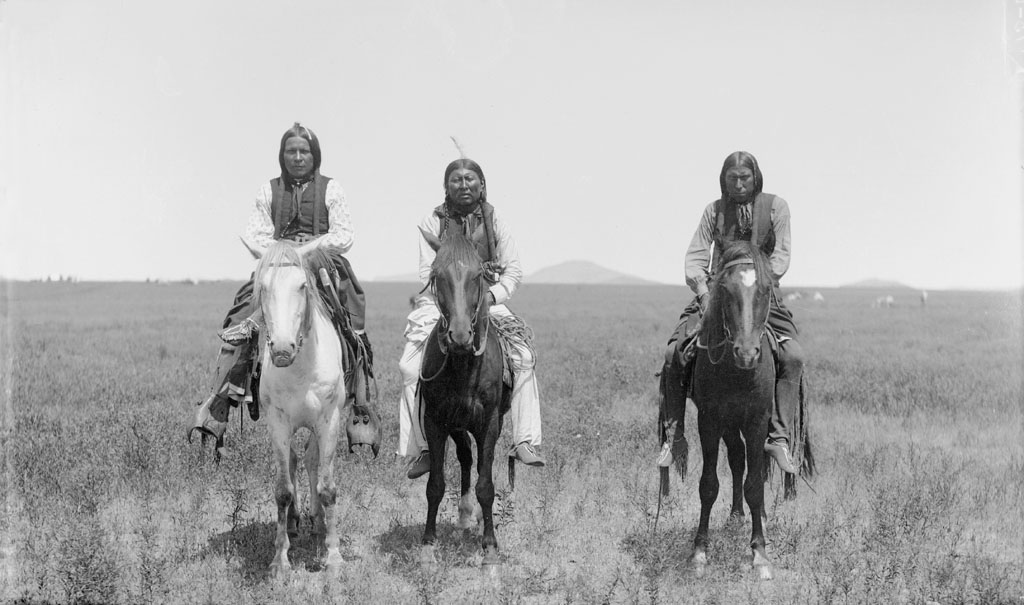
This is the second installment in a series about tracking taken from “Mountain Scouting – A Hand-Book for Officers and Soldiers on the Frontiers” by Edward S. Farrow, 1881. If you missed the first, please follow along here. Farrow concentrates on how to differentiate tracks and how to determine the age of a trail in this segment.
THE TRAIL, SIGNS AND SIGNALS.
From “Mountain Scouting – A Hand-Book for Officers and Soldiers on the Frontiers” by Edward S. Farrow, 1881.
The trailer should not allow anything deviating from the common order of things to escape a rigid investigation. A close scrutiny will generally reveal both the plan and purpose of every active living creature. While keenly alive to all sounds, he should be able to unmistakably recognize the most ordinary, such as the croaking of frogs, the barking of coyotes, the hooting of owls, the cry of panthers or wolverines, the screaming of hawks and eagles the creaking of limbs, etc.
When trailing Indians, it is often important to know the especial customs of the various tribes. With this knowledge, the examination of the deserted camps, halting and resting places will invariably reveal the identity of the tribe once there; the fashion of fire-making, the style, cut and finish of the moccasin, the form of lodge, etc., are all unmistakable evidences.
This information is very useful when hostile and friendly Indians occupy the same country, and it is necessary to be able to distinguish between their trails.
Various circumstances connected with the ‘trail’ will afford important information.
Indians, when walking, point the toes inward, whether in moccasins or other gear. Many white men, in the Indian country, wear moccasins, but they leave a track with the toes turned outward. The various patterns of boots and shoes leave their distinctive tracks, and the particular way in which a boot or shoe has been pegged or repaired will enable an astute trailer to follow its print among hundreds of others. A careful notice of the form and depth of the impressions will generally indicate whether the person carried a burden or not; whether traveling at will or in haste; whether sober or intoxicated.
The age of the track may be determined in various ways. If rain has fallen, it may be seen whether the tracks were made before, during or after it, by carefully noticing the grass, etc., trodden down, and observing whether or not sand or anything adheres to it. The morning or evening dew upon the ‘trail’ will also furnish a test of time.
The position of the grass, the sand, dust etc., drifted from or upon the track will serve to determine its age relative to the blowing of the wind, or its sudden change of direction.
Should there be several tracks, and the time when one was made be known, the ages of the others may be determined by noticing where they cross and observing which overlies the others.